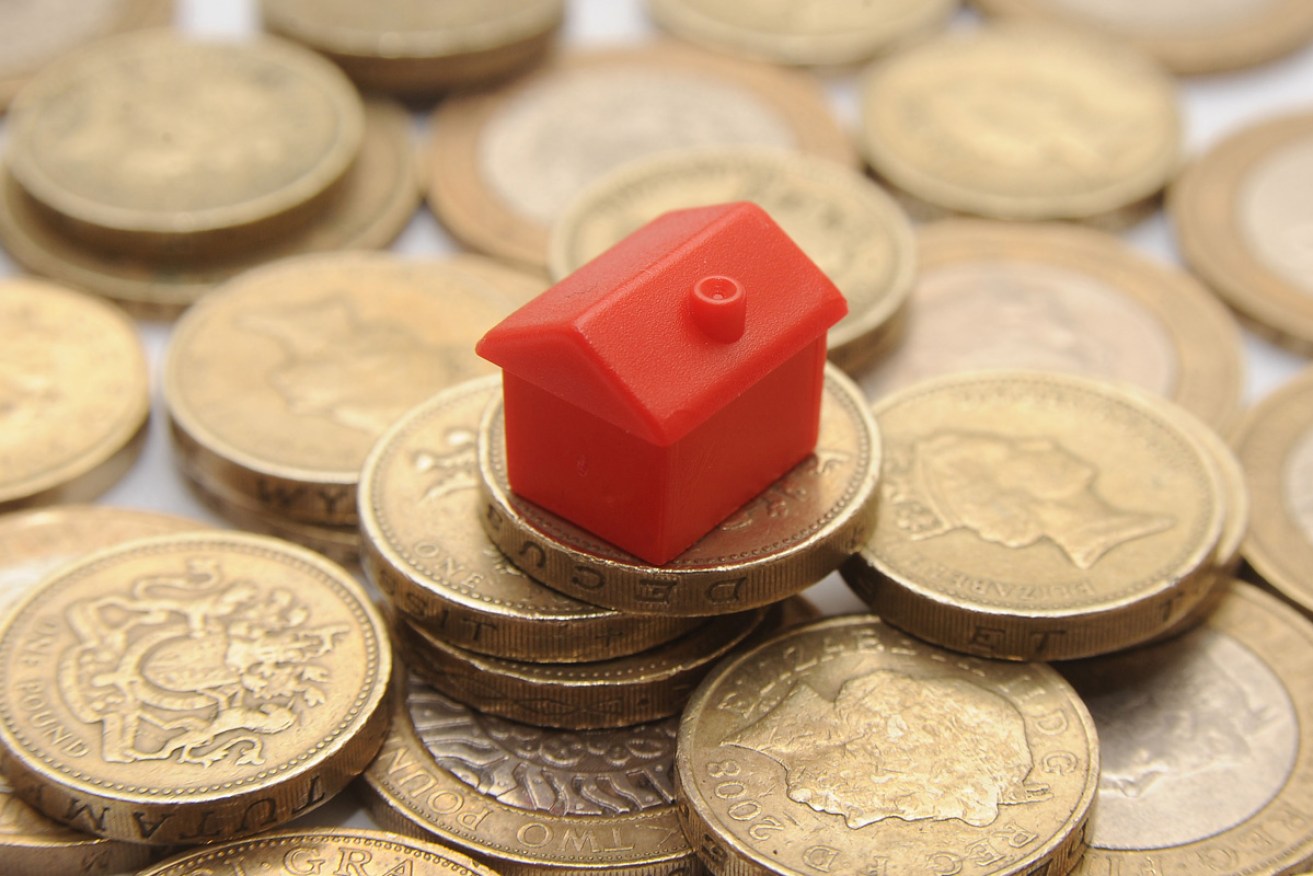The suburbs across Australia suffering the most from mortgage stress


The number of Australian households suffering mortgage stress continues to rise. Photo: Getty
As the number of Australian households suffering from mortgage stress continues to rise, new analysis shows which suburbs are being hardest hit.
Across March, more than one million households, or 31.6 per cent of owner-occupied dwellings, across Australia struggled with mortgage stress, up 0.6 per cent from last month, according to exclusive data from Digital Finance Analytics (DFA).
Households are considered stressed when their net income doesn’t cover ongoing costs.
Households with mild stress don’t have much leeway when it comes to cashflows, and those in severe stress aren’t able to meet repayments with their current income.

Those in severe stress are often forced to sell. Graphic: DFA
Sydney and Melbourne top the list due to their larger populations and inflated house prices, while Western Australia and Queensland are facing pressure due to higher rates of unemployment, lower wages and stagnant home prices, DFA principal Martin North said.
“There’s a bunch of factors behind what we’re seeing,”Mr North told The New Daily.
“Incomes haven’t grown in real terms in seven or eight years, the cost of living has risen and people have big mortgages. House prices went up substantially so people had to get bigger mortgages which are harder to service.
“But there is a pattern. These postcodes aren’t necessarily the hardest done by, they aren’t the real battle postcodes. They’re often large postcodes which have had very large expansions in terms of property builds.

Sydney and Melbourne top the list due to their larger populations. Graph: DFA
“The key groups affected are first-home buyers and young families who have bought in the last few years, people who are older who have effectively downsized, and then the third group is the young affluent, who have high incomes but are spending a lot on their properties.”
On the severe end of the spectrum, the proportion of mortgage delinquencies increased by 0.13 per cent to 1.58 per cent last year, and will continue to rise in the coming year, the latest delinquency report from Moody’s Investor Service outlines.
High debt levels, subdued wage growth, declining house prices and the conversion of a large number of interest-only mortgages to principal-and-interest loans will keep driving the increase of mortgage delinquencies, the report stated.
Getting help
Households can manage their deficits by cutting back on spending and refinancing or restructuring their home loans. Those in severe stress may be forced to sell.
Owner of Rands financial services, Sally Pietersz, who works in one of the worst areas for mortgage stress in Melbourne, Narre Warren South, says combating mortgage stress depends on circumstances.
“If the mortgage stress is caused by a short-term problem then it is something that can be dealt with by sticking to a strict budget and saving to pay off the loan,” she told The New Daily.
“But if there are big changes in your life, such as illness or divorce, you need to have a long-term strategy to get out of mortgage stress. I would suggest firstly, go to your bank or broker so they can help come up with solutions.
“As a last resort, I have seen some clients decide to sell major financial assets, such as the home. Sometimes it is better to cut the emotional bond, downsize or move into a rental rather than staying.”








